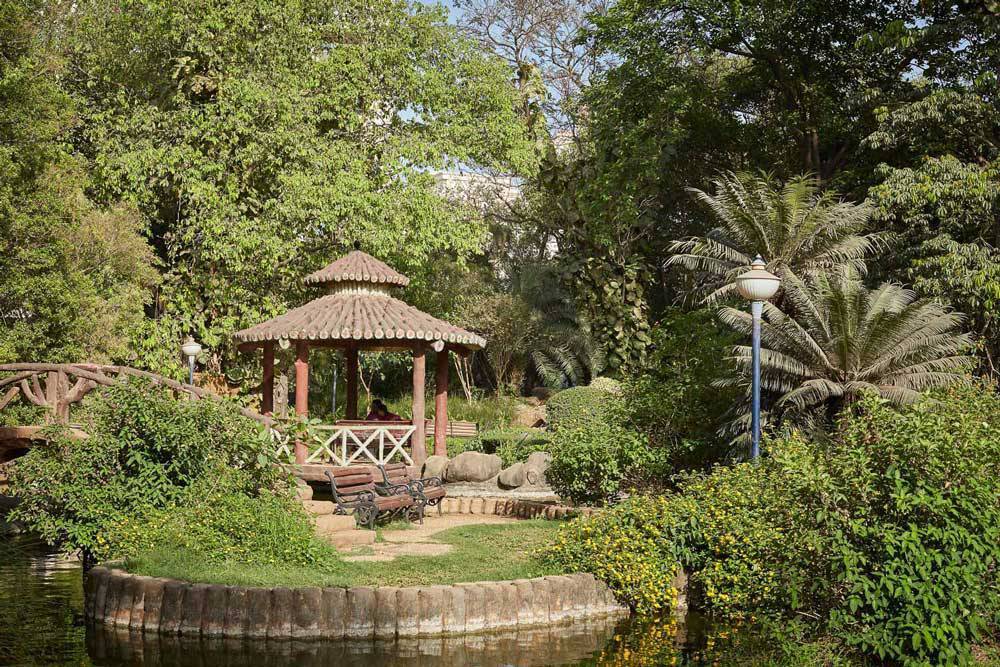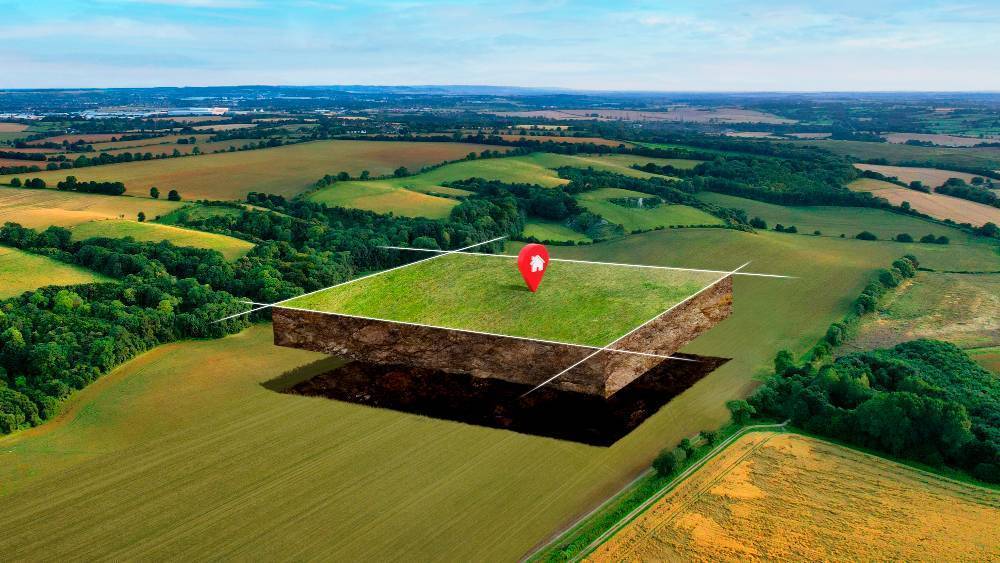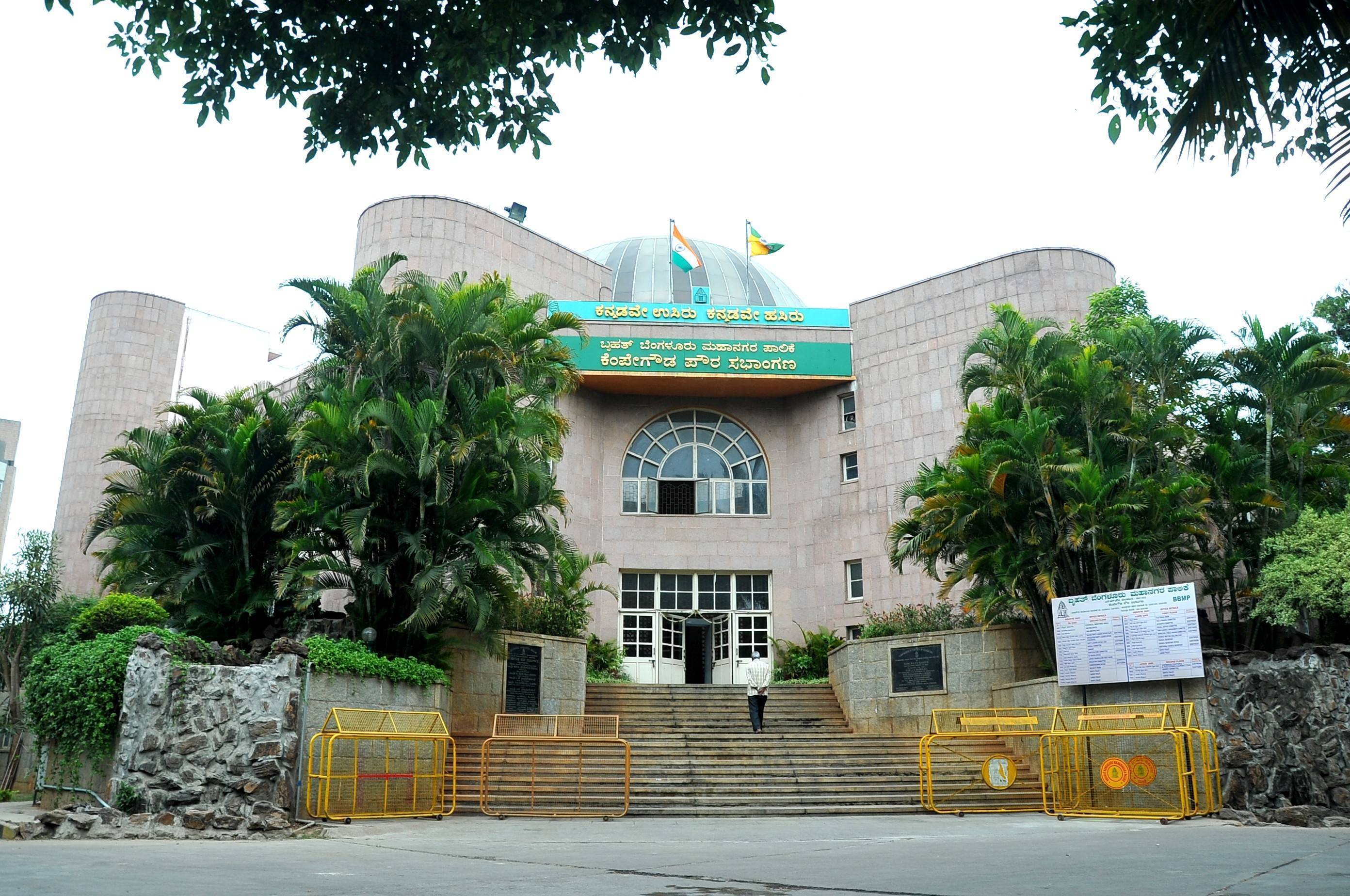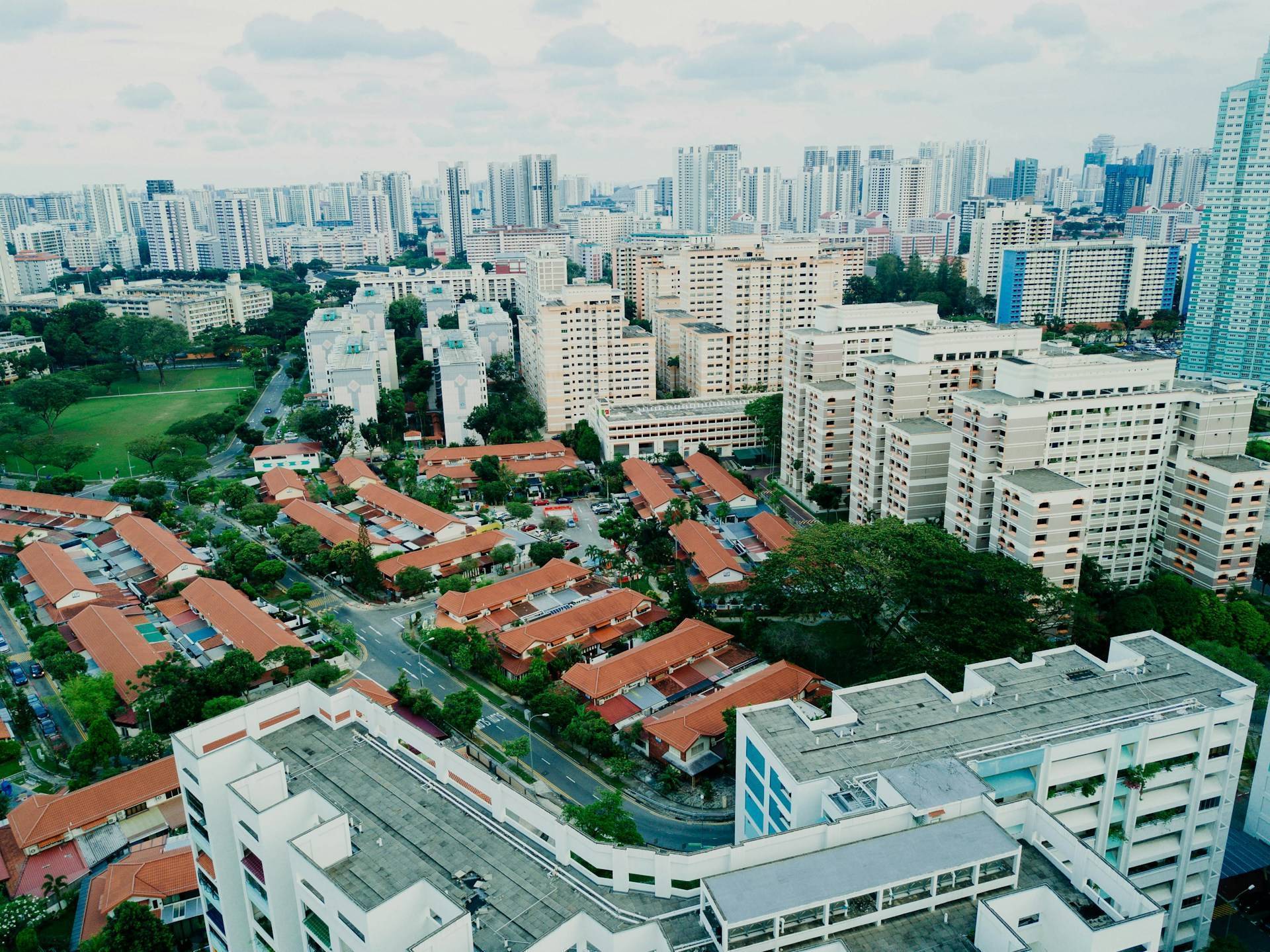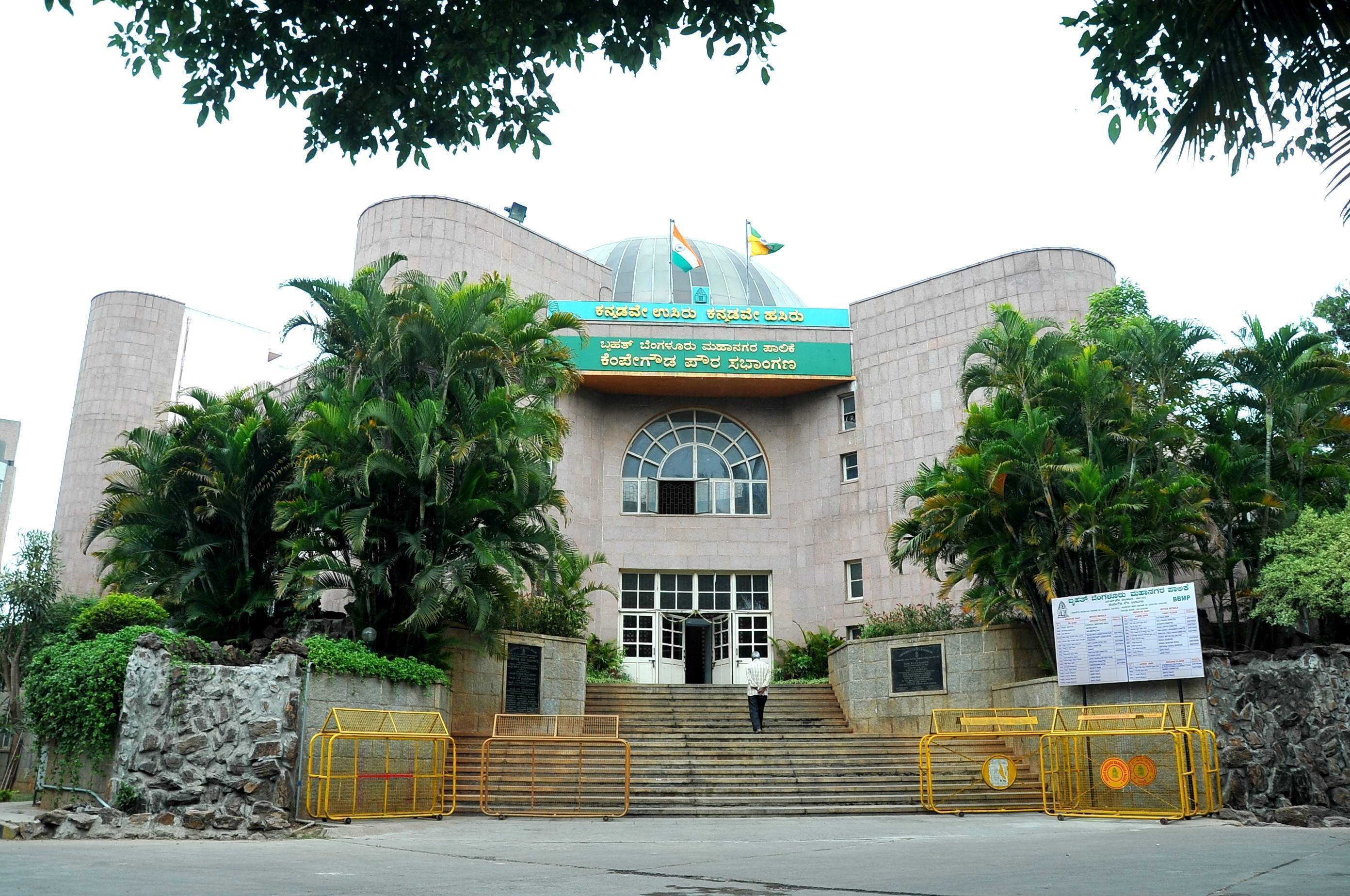The long-standing legal dispute over the development of Hiranandani Gardens in Powai, Mumbai, has officially concluded with a special court accepting a closure report from the Maharashtra Anti-Corruption Bureau (ACB). The case, which began over a decade ago, centered around allegations that the Hiranandani Group had violated the original terms of land allotment by constructing and selling luxury housing instead of affordable units.
The township was developed by Lake View Developers, a part of the Hiranandani Group, under the Powai Area Development Scheme (PADS). Under the scheme, the Maharashtra government leased 233 acres of land to the developer in 1986 at a nominal rate of 40 paise per acre for 80 years. The purpose of the allotment was to create affordable housing units.
In 2012, activist Santosh Daundkar filed a complaint alleging that the developer had misused the land by constructing luxury residences instead of the promised affordable units. The complaint also alleged collusion between the developer and government officials, including former urban development department secretary T.C. Benjamin and officials from the Mumbai Metropolitan Region Development Authority (MMRDA) and Brihanmumbai Municipal Corporation (BMC).
The ACB had submitted its first closure report in 2018, but the special court rejected it and ordered further investigation. Following this, a second closure report was submitted in August 2019. On June 2, 2025, the special court accepted this second report, stating that there was no evidence of criminal wrongdoing or violation of the tripartite agreement signed between the state, MMRDA, and the developer.
Judge Shashikant Bangar, who presided over the case, concluded that no charges could be substantiated against the accused. The court noted that the ACB had collected all relevant documents from the authorities and taken witness statements during its investigation. The judge emphasized that the matter did not involve criminal intent or misuse of public office and, instead, was more appropriate for civil proceedings.
The FIR had claimed that the developer failed to deliver 15% of the constructed flats to the government, as stipulated in the agreement. However, the court acknowledged that Hiranandani had constructed a portion of the affordable housing stock, including 1,511 flats of 40 square metres and 887 flats of 80 square metres, and had handed over 256 flats to MMRDA in 2022.
The Bombay High Court had earlier reviewed compliance reports in 2016 and 2017. These reports confirmed that the developer had completed 1,337 flats out of the required 2,200 flats and had committed to completing the remaining units. Based on this, the High Court had also concluded that there was no breach of the compliance framework.
Daundkar’s protest petition, which followed the second closure report, alleged that the ACB’s investigation had been compromised. He claimed that an investigating officer, Pramod Bhosale, was transferred when he was preparing to file a charge sheet, and this may have influenced the outcome. However, the court dismissed these concerns, stating that there was no merit in the protest petition and no legal ground to proceed with charges.
The court observed that administrative decisions such as officer transfers do not constitute suppression of evidence unless concrete proof is presented. It ruled that the ACB’s investigation was thorough and aligned with earlier court directions.
The verdict brings relief to all the accused, including Niranjan Hiranandani, one of Mumbai’s prominent real estate developers. It also concludes a prolonged legal chapter involving one of the city's most well-known residential projects.
With the legal case closed, the Hiranandani Group is expected to continue its development activities in Powai, a key suburban area that has seen large-scale real estate activity over the past few decades. The case underscores the importance of clear policy frameworks and transparent public-private agreements in urban development projects.
Image source- hiranandani.com

